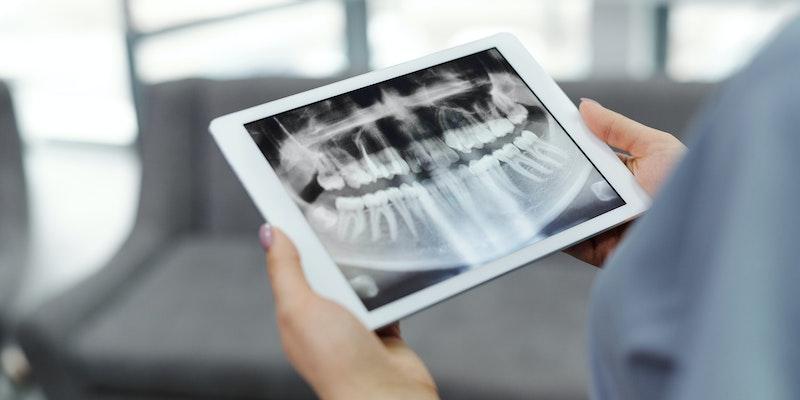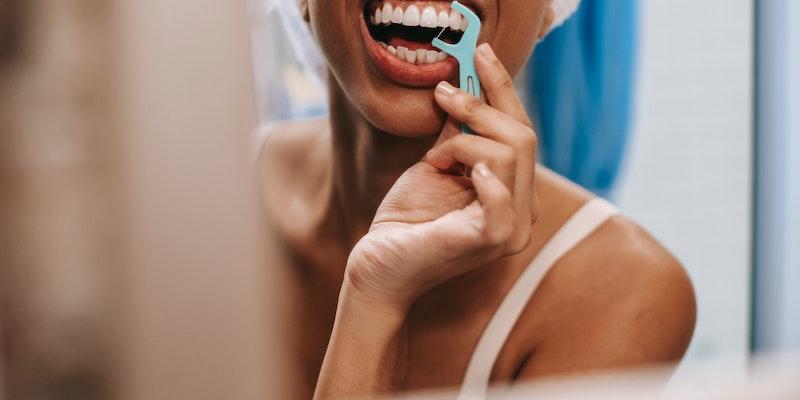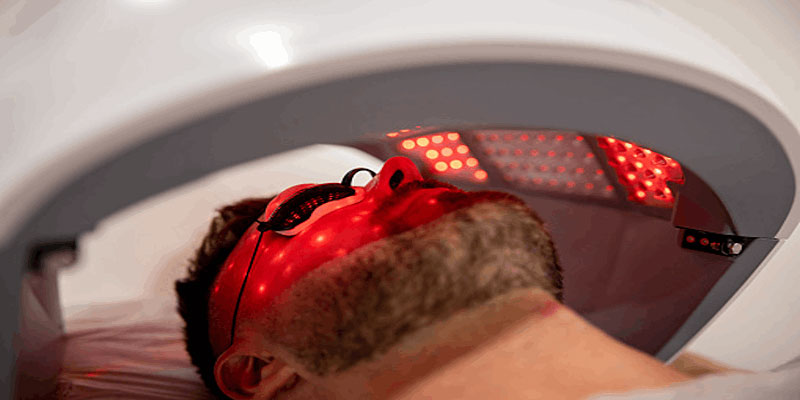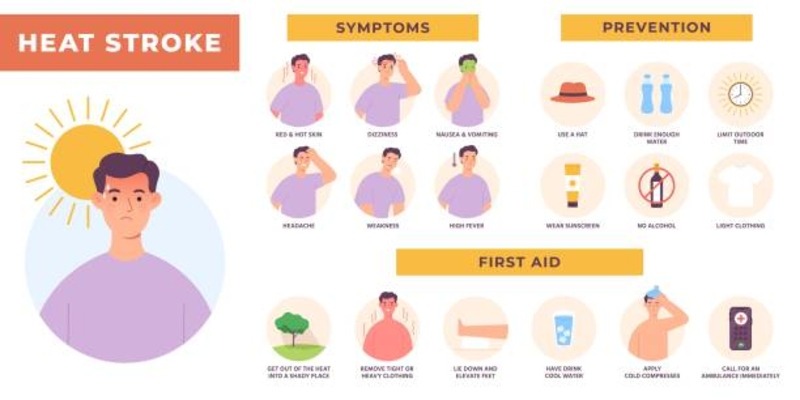Teeth, while firmly rooted in the jawbone, are not entirely immobile. Over time, they can shift due to myriad factors, leading to aesthetic and functional consequences.
Biology of Teeth Movement
Our teeth are anchored in the jaw by periodontal ligaments. These delicate tissues are flexible, allowing teeth to move slightly. The periodontal ligaments cushion our teeth from the daily forces of biting and chewing. However, prolonged, abnormal pressure, like thumb-sucking or tongue thrusting, can stretch these ligaments and cause teeth to move more than is naturally intended.
Age and Teeth Shift
With the natural progression of age, changes occur in the oral cavity. One of the most notable shifts is the crowding of the lower front teeth. This movement is observed even in young individuals with impeccable dental alignment. Almost 40% of adults witness this shift, emphasizing the necessity of devices like teeth retainers, especially the bottom teeth retainer, to maintain that alignment.
Effect of Wisdom Teeth
A prevailing myth in dental circles is that the emergence of third molars, commonly called wisdom teeth, can push anterior teeth out of alignment. However, several studies have shown that these molars might not be the primary culprits for anterior teeth shifting, though their growth can cause localized issues in the rear of the mouth.
Orthodontic Treatments and Teeth Movement
Orthodontic treatments, while ensuring optimal alignment, aren't a one-and-done solution. There's a post-treatment phase crucial for maintaining the achieved results.
Post Braces Movement
Once braces are removed, teeth have an intrinsic tendency to drift back to their initial position, leading to what professionals term "orthodontic relapse." The phenomenon can negate the months or years of braces treatment if not immediately addressed. This is where the role of retainers to straighten teeth becomes paramount.
Importance of Immediate Retainer Use
Retainers, particularly the bottom teeth retainer, are indispensable post-orthodontic treatment. They are designed to hold teeth in their newly acquired position, preventing relapse. For individuals who have invested time and resources into achieving a perfect smile, a teeth retainer is not just an accessory but a necessity.
The Role of Retainers
The importance of retainers cannot be overstated. These dental devices are the guardians of orthodontically achieved alignment.
How Do Retainers Work
Retainers, fixed and removable, are designed to hold the teeth in their desired position post-orthodontic treatment. They exert a subtle pressure on the teeth, ensuring they remain in place. This pressure also gives the periodontal ligaments and surrounding bone time to adjust to the new tooth position.
Types of Retainers
Retainers can be broadly categorized into permanent and removable types. Each of these is designed for specific cases and user preferences. The clear teeth retainer is gaining popularity among the removable ones due to its discreet appearance, making it almost invisible. The Hawley retainer, comprising a wire and acrylic, offers robustness and easy cleaning. On the other hand, permanent retainers are bonded behind the teeth, ensuring consistent alignment.
Duration of Use
Post orthodontic treatment, using retainers to straighten teeth, especially during the initial months, is pivotal. Many orthodontists recommend almost continuous wear for the first 4-6 months. This is followed by nighttime use to ensure teeth do not revert to their original misalignment. However, the exact duration is tailor-made according to individual requirements.
The human dental structure is intricate, consisting of teeth anchored in place by gum tissue and jawbone. Our teeth may shift from their original position as we age or due to specific dental treatments. While dental retainers play an integral role in mitigating this shift post-orthodontic treatment, questions remain regarding the extent to which teeth can naturally move and the effectiveness of retainers in curbing this movement. In this article, we delve into the dynamics of teeth shifting and evaluate the role of dental retainers in maintaining ideal tooth alignment.
The Realities of Teeth Movement Without Retainers

Teeth have a dynamic nature, but the nuances of their movement without appropriate care or the guidance of dental devices are crucial to understanding.
Natural Tendencies
Every tooth in the mouth has a position where it feels most comfortable and stable, often determined by genetics and early development. After orthodontic procedures, teeth might strive to return to this original position, mainly if a teeth retainer isn't used consistently.
Orthodontic Relapse
This term refers to teeth reverting to their pre-treatment positions after orthodontic work. Retainers to straighten teeth play a crucial role in preventing this relapse. A common misconception is that once teeth have been aligned with braces, they will remain straight indefinitely. However, the chances of relapse increase significantly without the regular use of a teeth retainer, especially a bottom teeth retainer.
Effects of Aging
With time, the facial structures change, leading to natural teeth movement. This movement is more pronounced in the lower jaw, emphasizing the need for a bottom teeth retainer to maintain alignment over the years.
Proper Care and Maintenance of Retainers

Ensuring the longevity and efficacy of your teeth retainer involves more than just regular wear. Proper care can extend the life of your retainer and ensure that it continues to fulfill its function effectively.
Routine Cleaning
A teeth retainer, just like any dental appliance, can harbor bacteria if not cleaned regularly. Maintaining oral health and preventing plaque and bacteria requires daily cleaning. To clean most retainers to straighten teeth, use lukewarm water, mild dish soap, and a gentle toothbrush.
Storage
It's vital to store them properly when not in use, especially in the case of removable retainers. Using the designated point protects the teeth retainer from external damage and prevents it from becoming a breeding ground for bacteria.
Regular Check-ups
Despite their durability, retainers can break. Regular visits to the orthodontist can detect wear and tear, especially in bottom teeth retainers, and determine when to replace them.
Alternatives to Traditional Retainers
While traditional retainers have proven effective over the years, advancements and alternatives are constantly emerging in orthodontics.
Fixed or Bonded Retainers
These are thin wires that are directly bonded to the back of the teeth. They are permanent and can be especially effective as a bottom teeth retainer where alignment might be more susceptible to shifts.
Night-only Retainers
Some people might find wearing retainers throughout the day cumbersome. For them, orthodontists might prescribe retainers designed for night-only wear. These help maintain teeth alignment with the flexibility of daytime freedom.
Material Innovations
The field of dentistry continuously evolves, and so do the materials used for retainers to straighten teeth. Some modern retainers are made of materials that offer increased comfort and durability, ensuring better compliance among users.




